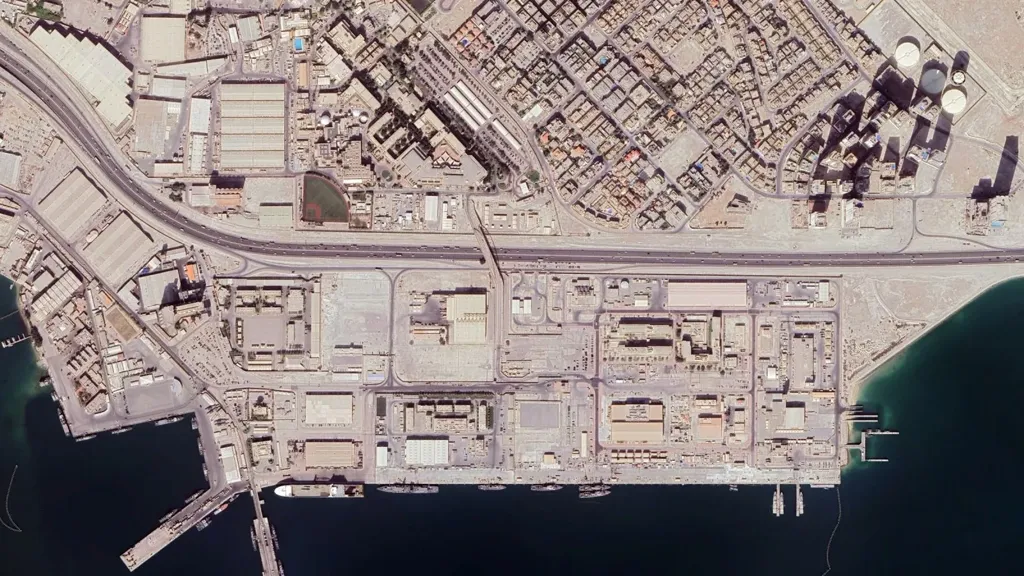Satellite imagery showed that all forward-deployed U.S. Navy vessels have left a key port in the Middle Eastern country of Bahrain as Washington braces for a potential Iranian strike.
Newsweek contacted the Pentagon for comment on the naval moves.
The U.S. military buildup in the region signals a posture of high readiness amid growing uncertainty over whether President Donald Trump will back Israel's offensive against Iran. While Trump had long sought to broker Middle East deals and steer America away from protracted entanglements, his approach toward Iran has leaned on pressure and coercion.
If the U.S. enters the conflict, Iran is expected to strike back not only at American assets but also at key regional allies, with Gulf nations among the possible first targets.
At least one Littoral Combat Ship, four Mine Countermeasure vessels, and the special operations mothership M/V Ocean Trader are currently underway in the U.S. Central Command area of operations, according to satellite imagery shared by open-source analysts on X, formerly Twitter, such as Ian Ellis.
Their departure suggests movement into strategic positions across the Persian Gulf, Strait of Hormuz, or Gulf of Oman -- all key zones within CENTCOM area of responsibility, analysts said.
On Monday, the USS Nimitz aircraft carrier diverted from the South China Sea to the Middle East, where it would join the USS Carl Vinson carrier strike group that entered the Arabian Sea in April. A U.S. strike on Iran's underground Fordow facility would likely involve a GBU-57/B bunker buster delivered by B-2 bombers based at Diego Garcia.
"Consistent with the duty to protect U.S. forces in the Middle East, Secretary of Defense Pete Hegseth directed the Nimitz Carrier Strike Group to the U.S. Central Command (CENTCOM) area of responsibility to sustain our defensive posture and safeguard American personnel," a defense official told Newsweek on Tuesday.
U.S. President Donald Trump wrote on Truth Social on Tuesday: "We know exactly where the so-called "Supreme leader" is hiding. He is an easy target, but is safe there - We are not going to take him out (kill!), at least for now. But we don't want missiles shot at civilians or American soldiers. Our patience is wearing thin. Thank you for your attention to this matter!"
Heather Williams, Associate Director of the International Security and Defense Policy Program at RAND, in a published Israel-Iran analysis: "The threat to U.S. personnel in the region is real. In terms of broader conflict in the Middle East, Israeli military successes against Iran are likely to reduce the threat in the short term and raise it in the long term. On the one hand, this could give Washington space to focus on more-immediate security needs in other theaters, but it also could set conditions for a future Middle East conflict that would mire the United States when it wants to be focused elsewhere."
U.S. Air Force aerial refueling aircraft are also headed for the Middle East amid an escalating war between Israel and Iran. The key question will be whether the United States joins the action.
